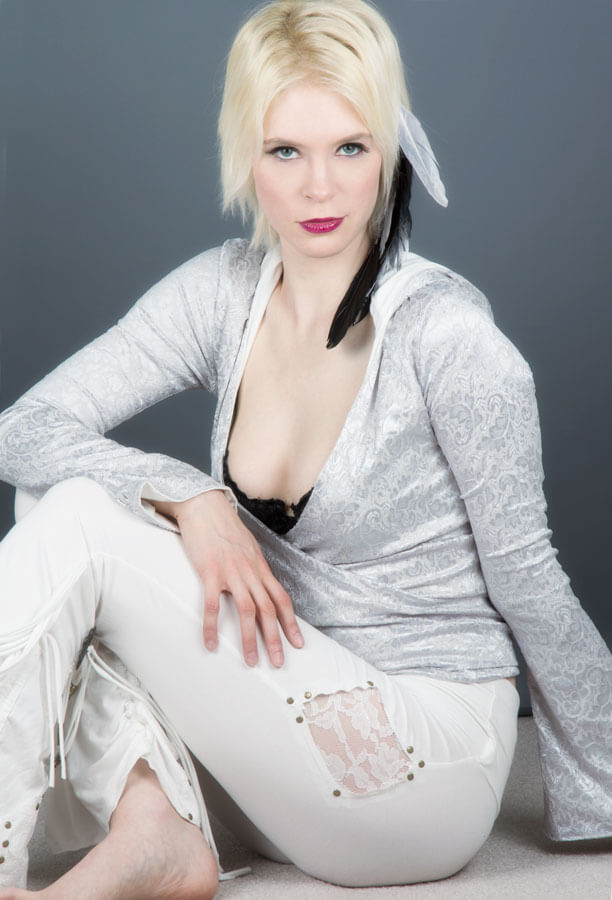Do You Really Need a Flash Meter?
 Today’s Post by Joe Farace
Today’s Post by Joe Farace
Back in the film day, when shooting with studio flash I always used a flash meter, like my redoubtable (an no longer available) Gossen Luna-Star F2 and expensive Polaroid tests were indispensable in getting correct exposures.In a digital world filled with histograms and three-inch LCD preview screens the short answer is not always.
While I often—but not always—use my flash meter when shooting with my mirrorless cameras in mu home studio, I know several photographers that never use a meter under these kinds of conditions. If you disagree with this approach, that’s OK because a lot depends on the lighting setup used.
 So let me rephrase the original question: Do you always need to use a flash meter? And if you’d like to know what some of my friends do when shooting in the studio, here’s an answer. It may not be the answer but for many people it is an answer.)
So let me rephrase the original question: Do you always need to use a flash meter? And if you’d like to know what some of my friends do when shooting in the studio, here’s an answer. It may not be the answer but for many people it is an answer.)
Start by picking a shutter speed you know will synch the camera with the flash. If you don’t already know it you’ll find it in your cameras User’s Guide. Here’s a post on what happens when you don’t. Then choose an aperture based on experience but wait….. Since most portrait photographers like to work with mid-range apertures in the f/5.6 to f/8 range—and that’s the sweet spot for many lens’s maximum sharpness— something in that range and make a test shot. At that point, looking at the screen and evaluating the histogram and next time they might take a bigger swing at selecting an aperture since the test shot was just a guess to evaluate exposure. Then fine-tune it through additional test shots, including evaluating the histogram to home in on what’s considered the final exposure setting.
This is just one way to get correct flash exposures but if you are using continuous lighting, such as LEDs, instead of electronic flash, bracketing with your in-camera meter is always a good idea. Tip: Bracketing is a time honored photo technique where multiple images of the same subject are made at different exposure levels. The idea is that one of them will be the best but even some may be acceptable.



